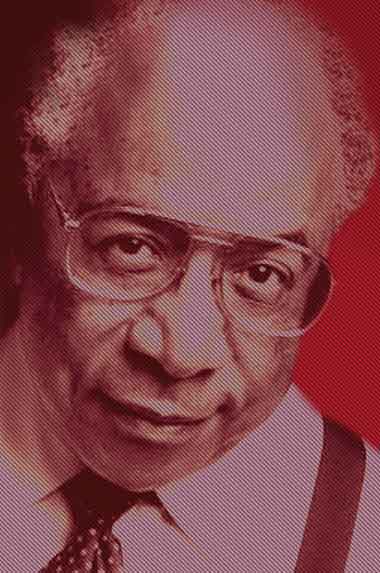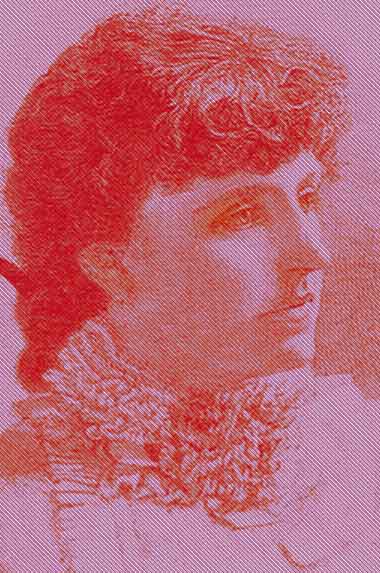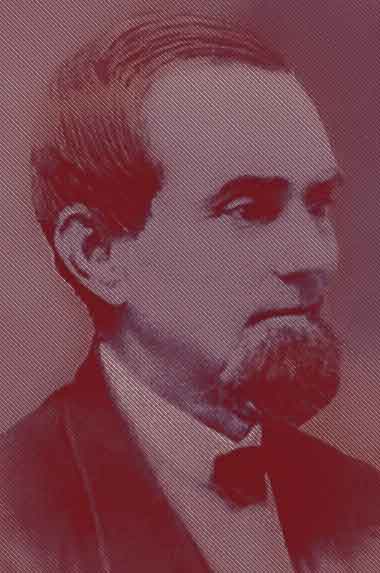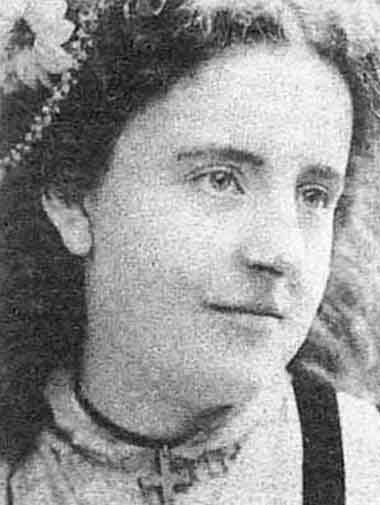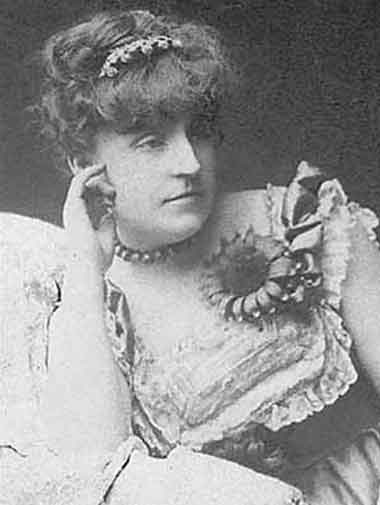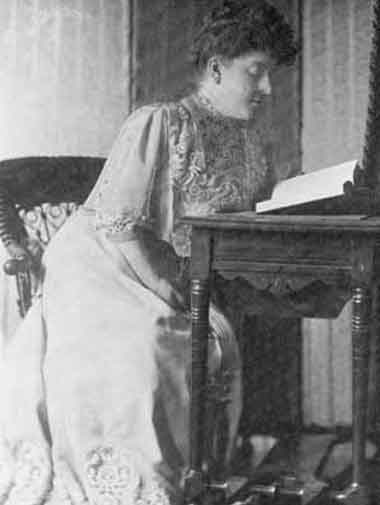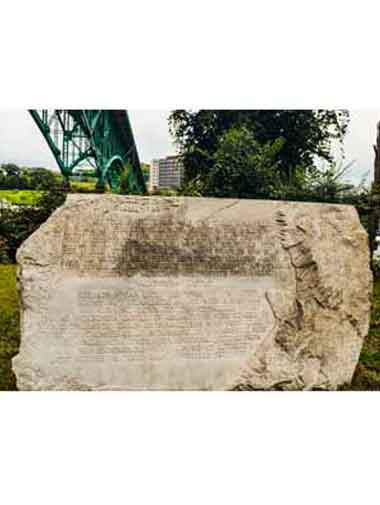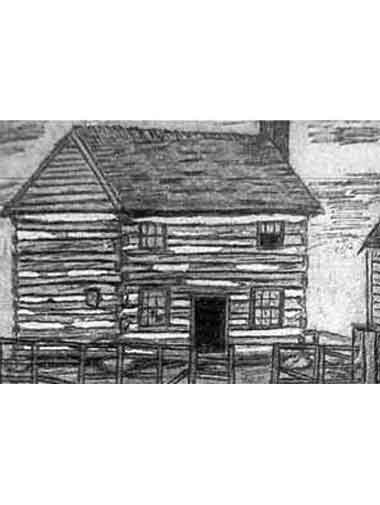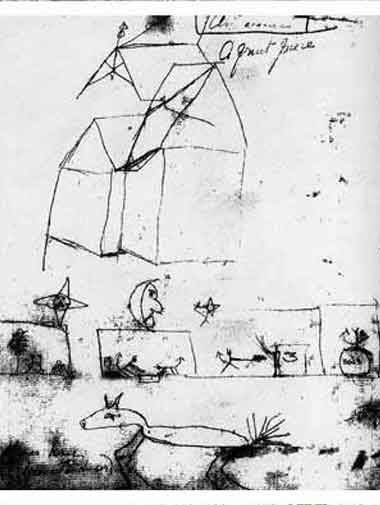Frances Hodgson Burnett
Frances Hodgson Burnett was born in Manchester, England on November 24, 1849. After the death of her father, fifteen-year-old Burnett and her family immigrated to New Market, Tennessee, just 25 miles outside of Knoxville. The family eventually moved closer to Knoxville, occupying disheveled houses donned “Noah’s Ark” and “Vagabondia Castle” by Burnett, both of which were in walking distance of downtown. The animated characters, dialect, and wild scenery of Knoxville weaved American narrative vivacity into Burnett’s British understanding of social class—leading to famous works such as The Secret Garden and A Little Princess.
Frances Hodgson Burnett’s designation as either an American or British author remains an unsettled dispute. Burnett, born in Manchester in 1849, immigrated to the United States at age fifteen after the unexpected death of her father. Frances’ uncle, the owner of a successful dry goods store in New Market, TN, persuaded the Hodgson family to settle in New Market, just 25 miles outside of Knoxville. In the year and a half that the Hodgsons lived in New Market, Frances started a seminary to help contribute to the family income. After the failure of Frances’ seminary, she began writing stories to make ends meet. Too embarrassed of potential failure to ask her brothers for help, Frances harvested and sold grapes to afford postage to submit her first stories to women’s magazines. Her first story was published in Godey’s Lady’s Book when she was just eighteen. After residing in New Market, Frances lived in a series of battered houses around the city of Knoxville, the most famous of which she named Vagabondia Castle. Vagabondia Castle was known for its parties that attracted an eclectic, ragtag crowd of Knoxvillians who inspired characters in Frances’ first novel Vagabondia. Frances married Swan Burnett of New Market, settled with him in a house on Temperance Hill in Knoxville, and started a family. Small town life could not satisfy Frances for long, however, and the family moved between Washington DC, England, and continental Europe. After her son Vivian graduated from Harvard, Frances and Swan divorced. Frances continued traveling back and forth between continents, experienced another marriage and divorce with a man named Stephan Townsend, and suffered from mental illness. Frances settled finally on Long Island where she wrote her most famous work, The Secret Garden. Frances died on October 29th, 1924 on Long Island at the age of 74.
NOTES:
Connection With the De Willoughby Claim (1899): “Both armies having swept through it, Delisleville [Knoxville] wore in those days an aspect differing greatly from its old air of hospitable wellbeing and inconsequent good spirits and good cheer. Its broad verandahed houses had seen hard usage, its pavements were worn and broken, and in many streets turfed with weeds; its fences were dilapidated, its rich families had lost their possessions, and those who had not been driven away by their necessities were gazing aghast at a future to which it seemed impossible to adjust their ease-loving, slave-attended, luxurious habits of the past. Houses build of wood, after the Southern fashion, do not well withstand neglect and ill-fortune.” “Not until after I was twenty did I find out that during those years spent among the woods and the mountains of East Tennessee I had been accumulating material out of which I could build and from which I should draw as long as I lived” (Gerzina, 8).
Frances describes Knoxville as a “curious little village, with trees everywhere, forests and hills shutting it off from the world” (Neely, 13).
On Burnett’s character: “She speaks after the manner of an English woman and talks like an American. Her voice is much better than ours; her views are broader in their nature than are theirs—more quickly taken and adhered to with an independence of spirit eminently American” (Gerzina, 11).
NOTABLE WORKS:
• That Lass o’ Lowrie’s (1877)
• Little Lord Fauntleroy (1886)
• In Connection with the De Willoughby Claim (1899)
• A Little Princess: Being the Whole Story of Sara Crewe Now Told for the First Time (1905)
• The Secret Garden (1909)
• The Lost Prince (1915)
KNOXVILLE LOCATIONS:
• New Market, TN House — On her New Market house, Frances wrote, “we settled into one of the wildest and most beautiful districts of Tennessee. But this utter change only seemed to stimulate my ardor for literary work, and I went on writing steadily, though still without any thought of publishing, till it became necessary for me to earn some money” (Gerzina, 31). Frances did not write to publish until after she had moved out of her New Market home. While here in New Market, Frances kept food on the family table by running a seminary on the Hodgsons’ property. She was “often paid in goods such as bacon, grits, and feed for the mules Jenny and June, rather than cash” (Gerzina, 27). Across the street lived Swan Burnett, France’s future first husband, who was studying medicine at the time. Swan and Frances shared a love of literature and authors such as Charles Dickens, Sir Walter Scott, and Makepeace Thackeray (Gerzina 27). Swan suffered from a limp—the result of tragic childhood injury. Frances was said to have “tenderness for any sort of disability or disadvantage” and married Swan despite her fierce desire for autonomy (Gerzina, 28). Burnett’s tenderness towards physical disabilities is evident in her most famous work, The Secret Garden, written after Swan and Frances’ divorce.
• Noah’s Ark House, Knoxville College — At the time the Hodgsons lived here, this area was called Clinton Pike. Though the Noah’s Ark house was closer to town, it was more rustic than the family’s New Market home. The Clinton Pike home was “a small ‘planked up’ arrangement with crude windows and doorways that were practically covered with morning glory vines…it was near home-like, and nestled among the pines that stretched their gnarled arms in a most friendly manner towards the primitive home’” (Gerzina, 25). Frances donned the house Noah’s Ark and the hill behind the house Ararat, reflective of its wild and primitive appearance. A few years later, after the Hodgsons moved to Vagabondia Castle, the location of Noah’s Ark became part of the Knoxville College campus, “one of the South’s oldest historically black colleges” (Gerzina, 26).
• Vagabondia Castle — Vivan, Frances Hodgson Burnett’s son, says that Vagabondia Castle was “a rather roomy but dilapidated house with a backyard running down to the Tennessee river.” No remnants of this house have survived, but this plaque now stands to mark its former spot. At the time they owned Vagabondia Castle, the Hodgsons had acquired enough money from Frances’ successful writing career to entertain and host guests. Brothers Herbert and John even purchased a boat and hosted moonlight parties on the water (Gerzina, 37). Though the Hodgons had more money, the house was still described by Frances as unruly and shabby. In her first novel, Vagabondia, Hodgson describes Vagabondia Castle: “Here was a room truly making no pretentions on earth to anything but shabbiness, overpowering & irredeemable & still at the same time impressing the beholder in defiance of all rules of nature, with an index of presiding spirits at once general, careless, & desperately cheerful. There was something actually rollicking about it, and there were even shabby people in it too who ought to have added to its dispiriting effect but did not” (Vagabondia).
• Temperance Hill House (Green Magnet Academy) — Frances married Swan Burnett in 1873 and moved to a house on Temperance Hill, which is now home to Knoxville’s Green Magnet Academy. Here, Frances and Swan started a family and Frances continued writing. The family lived here for 7 years, and subsequently moved to Washington DC. (Jack Neely, Secret History).
• Lamar House (Bistro at the Bijou) — John, Frances’ brother, was a bartender at the Lamar House, “a family humiliation that may have hastened the death of their particularly Victorian mother” (Neely, 13). Frances describes the Lamar House as the place “where all the balls were held” (Neely, 69). Now the Lamar House has been reconstructed into the Bistro at the Bijou.

